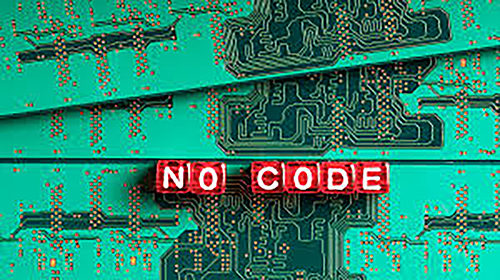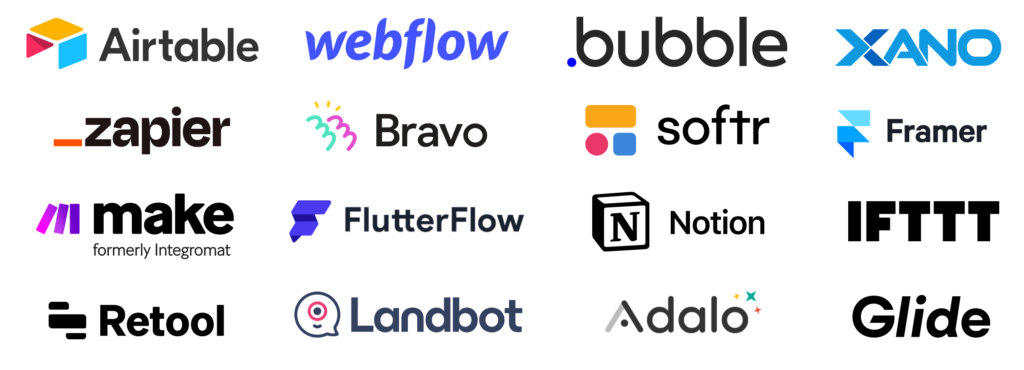What is No-Code Development?
No-Code Development refers to an approach to creating software that uses visual and intuitive interfaces instead of traditional code. These platforms offer a variety of pre-built tools and components that users can drag and drop to create their applications.
Advantages of No-Code Development
Accessibility: These platforms are designed to be intuitive and easy to use. It allows entrepreneurs and small businesses to develop custom solutions without having to hire developers.
Cost Reduction: By eliminating the need to hire a team of developers, companies can significantly save on development costs. Less spending on developer salaries and hiring.
Speed in Development: No-Code platforms allow rapid creation and deployment of applications. Reduced development time from months to weeks or even days and greater agility to test and launch new ideas and products.
Limitations of No-Code Development
While No-Code Development offers many advantages, it also has some limitations:
- Complexity: Some complex applications can be difficult to create with No-Code platforms.
- Control: Users have less control over the underlying code of their applications.
- Security: It is important to choose a secure and reputed No-Code platform to protect your application data.
Examples of No-Code Platforms
There are a wide variety of No-Code platforms available, each with their own features and benefits. Some of the most popular platforms include:
1. Bubble: Bubble is a popular No-Code platform that allows users to create complex web applications with a drag and drop interface. It is ideal for startups and entrepreneurs looking to launch MVPs (Minimum Viable Products) quickly.
2. Adalo: Adalo makes it easy to create mobile applications without the need for programming. It is especially useful for small businesses that need customized applications to interact with their customers.
3. Webflow: Webflow combines design and development capabilities in a single platform. It allows designers to create responsive websites without writing code.
No-Code Development Use Cases
Startups and MVPs: Many startups use No-Code platforms to develop their MVPs quickly and validate their ideas in the market without large initial investments.
Automation of Internal Processes: Companies from various sectors use No-Code tools to automate internal processes, improving efficiency and reducing human errors.
E-commerce: No-Code development allows small businesses to create personalized online stores without the need for advanced technical knowledge, facilitating their entry into the world of electronic commerce.
Conclusion
No-Code development is transforming the way software is created, democratizing access and fostering innovation. Although it has its limitations, the advantages it offers in terms of accessibility, costs and speed make it an attractive option for many companies and entrepreneurs. With the advancement of technology, we are likely to see increasing adoption and evolution of No-Code platforms in the future.
If you are looking for the perfect team to help you develop an effective website, we are also here to help you. Also, Contact us today to learn more about our Virtual Store Design services.













